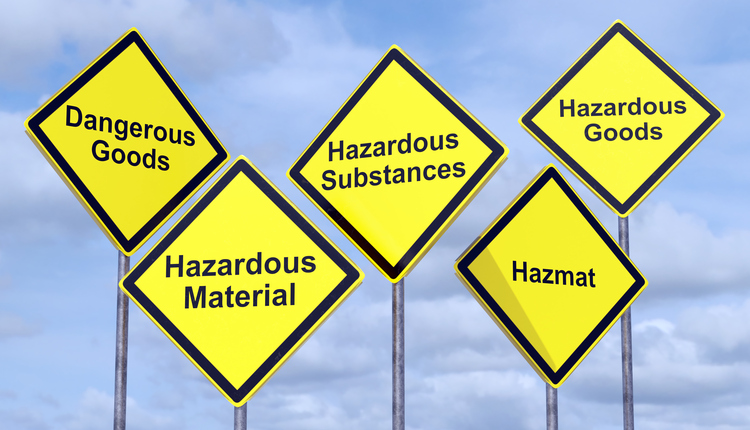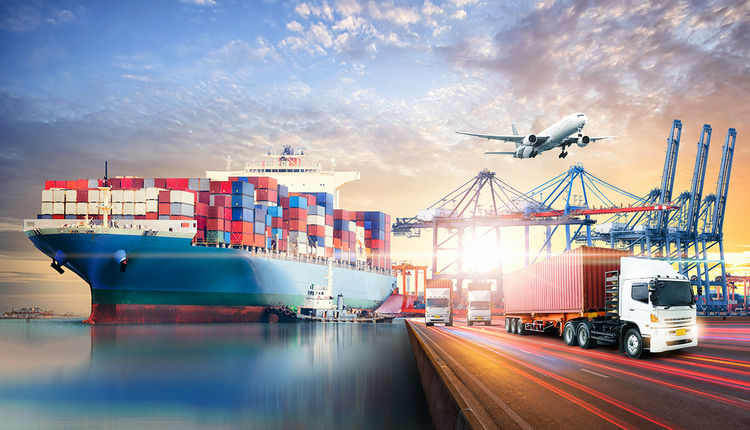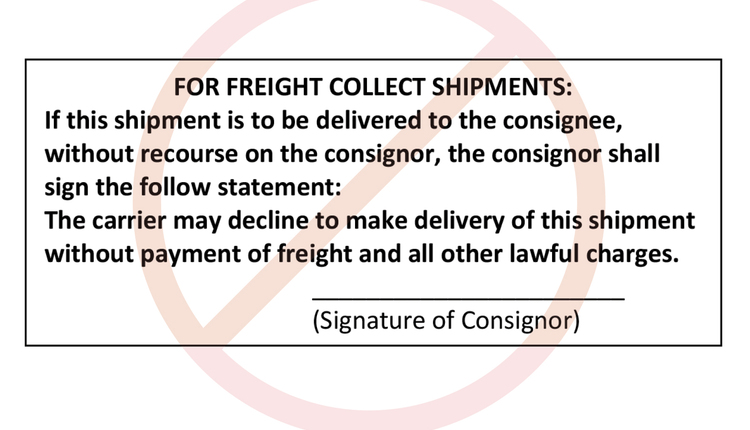This article originally appeared in the May/June issue of PARCEL.
In many past installments of PARCEL Counsel, we have focused on a carrier’s liability for loss and damage to cargo. However, in this issue, we will look at how improper packaging, loading, blocking, and bracing can expose a shipper to liability when a shipper assumes responsibility for these tasks and then does them improperly.
In traditional parcel and less-than-truckload shipping, the shipper will tender to the carrier one or more packages or boxes. Oftentimes, these items are placed on a pallet and shrink-wrapped. The problem arises when the packaging or container for the product breaks or leaks and causes contamination or damage to other cargo on the trailer or in a warehouse. Examples of these contaminants are things such as paint or extremely odiferous liquids.
In these situations, the carrier would first settle the claim of the owner of the property and then turn to the shipper whose product caused the damage for reimbursement. Shippers have also been sued for indemnification for clean-up costs resulting from spills of their products while in transit.
While these liabilities would exist absent a tariff provision, virtually all carriers — whether motor, air, rail, or ocean — have specific provisions in their tariffs, terms and conditions, or service guides covering this. For example, an item in FedEx’s current Terms and Conditions for US shipments states:
If a shipment is refused by the recipient, leaks or is damaged, the shipment will be returned to the sender if possible. If the sender refuses to accept the returned shipment or it cannot be returned because of leakage, or damage due to faulty packaging, the shipper is responsible for and will reimburse FedEx for all costs and fees of any type connected with the legal disposal of the shipment, and all costs and fees of any type connected with cleanup of any spill or leakage.
In addition to liability for damage relating to cargo, shippers also are exposed to liability for personal injuries or deaths caused by their negligent loading, blocking, or bracing of cargo in a carrier’s vehicle. This is likely to occur when the shipper has loaded the trailer and then sealed it with instructions to the carrier not to break the seal. While this might protect the integrity of the load, it also prevents the carrier from making its own inspection as to whether the goods were property loaded and secured.
When a consignee dock worker or a carrier driver is subsequently injured at the time of unloading, the shipper would be responsible if it is determined that it had indeed improperly loaded the trailer. An even more extreme example would be when an improper loading of a trailer results in an accident on the highway.
One of the most serious incidents of which I am aware occurred a few years ago, when a trailer on a railroad flat car shifted so that it struck an oncoming train on the adjacent track, resulting in a derailment of both trains. If it were to be determined that the trailer shifted due to improper loading by a shipper, all of the liability for this accident would flow back to the shipper.
To conclude, in addition to having processes in place for proper packaging and loading, a shipper should also review its liability insurance policies to be sure coverage is in place for these exposures.
All for now!
















